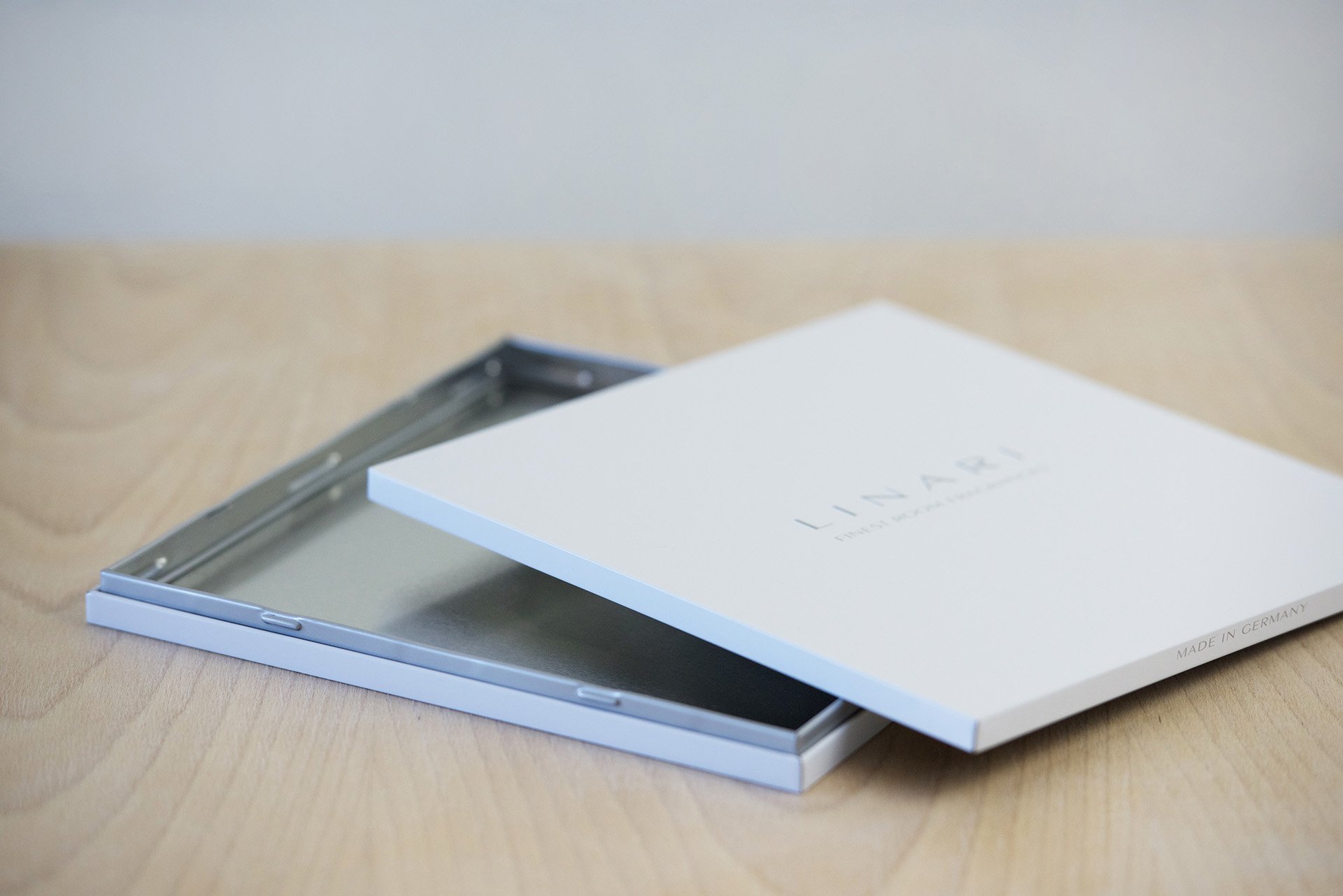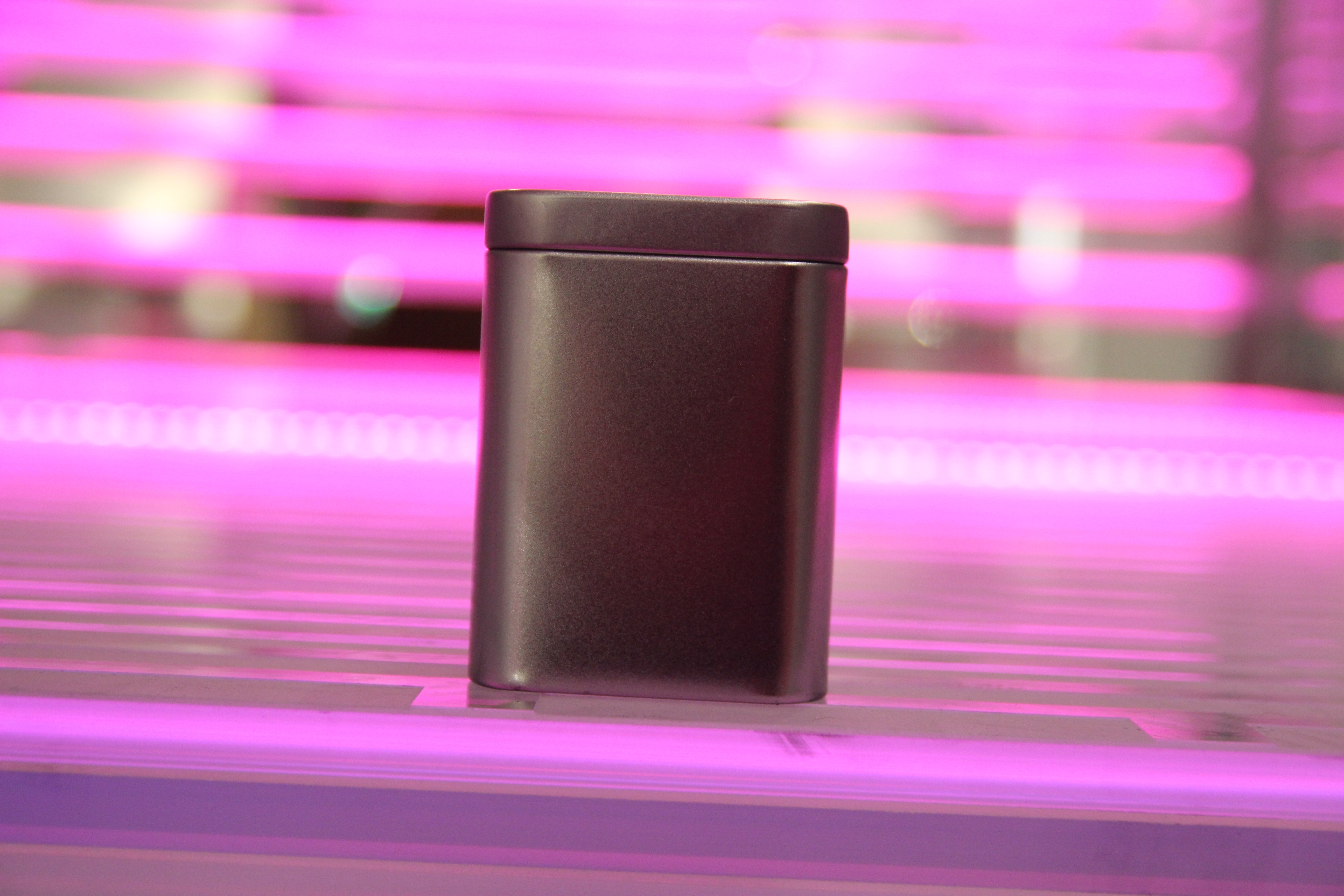At some point every business aiming for a wide market has to look past the myths that media has perpetuated about millennials. It's the age group born from 1980 to 1996, often treated by marketers as "hipsters" who only care about "what's happening now." But like past generations, a certain percentage of millennials have a taste for nostalgia, which is why they embrace Fancy Tins.
Seeing Through Myths About Millennials
 Millennials are regularly portrayed as picky, anti-establishment and lazy because many of them cannot afford college. They're also portrayed as techies hooked on gadgets and video games. These exaggerations have grown mainly out of stereotypes created by marketers, particularly of tech products, to tap into young people who come from affluent families.
Millennials are regularly portrayed as picky, anti-establishment and lazy because many of them cannot afford college. They're also portrayed as techies hooked on gadgets and video games. These exaggerations have grown mainly out of stereotypes created by marketers, particularly of tech products, to tap into young people who come from affluent families.
Older millennials are now entering middle age and many have simply outgrown these stereotypes. Furthermore, not all marketers agree on the timeline that defines millennials. Pew Research Center is one of the entities that sets them in the 1980-1996 timeline, as millennials get their name from being the "first generation to come of age in the new millennium." Some authors pigeon-hole this group as "entitled," while others call them "worthless." Both of these misconceptions are unfair to use as blanket categorizations.
Where do generation names such as "baby boomers," "generation X" and "millennials" originate? Typically these names are coined by journalists from large publications then are adapted by researchers and government entities such as census bureaus. From there more carefree writers and marketers exaggerate and exploit the terms to fit their perspectives. That's why it's important to remember all generations have one thing in common: they're all human, consisting of free-thinking individuals.
Why Millennials Like Nostalgia
Once packaging designers view millennials as humans rather than a category of generalizations they can gain an edge over competitors who take media stereotypes seriously. As modern as millennials may seem to be in ad campaigns, they are individuals who have the same basic desires as their parents and grandparents.
They want a career based on their passions, live a happy life and cherish their best memories. They aren't just driven by the latest trends, as no one can afford to invest in just new products and constantly replace them with newer products.
Fancy tins tap into memories.
Everyone, regardless of generation, has a childhood and fond memories of the past. The fact that tins are largely made of aluminum makes them built to last. They are excellent containers for storing precious memories and they have appeal to young adults for many reasons. Sustainability, for example, is a top issue among a growing number of adults who care about the environment. Tins are sustainable because they can potentially last for decades.

Many millennials, due to how they have been raised, don't like to waste materials. They are conscious about recycling and choosing products that put minimal strain on the environment. They also appreciate a wide diversity of art. Tins in general have wide diversity and utility. They are perfect for storing candy or other small items. Fancy tins convey art at the same time they tap into a major theme embraced by millennials, which is minimalism.

A great opportunity exists for packaging designers to use aluminum fancy tins as vehicles for marketing a multitude of nostalgia-based products. The generation gap between the "baby boomers" and their parents was much wider than today's millennials and their parents. By the 2000s cultural nostalgia became much more of a developed marketing concept, especially in movies and music, than in the past.
Fancy Tins in the Age of Minimalism.

The minimalist sector of millennials appreciates small gifts, community spirit and social history. The more tech-driven sector collects cases for their gadgets, which can be made of aluminum.

Electronic components are getting progressively smaller, which means they need to be stored in memorable containers so they don't get lost. SD cards and batteries can easily slide off workstations or get buried if they aren't stored carefully in a memorable place. Fancy tins can be an excellent storage solution if they have artistic designs.
Nostalgic imagery provides a great reminder for people because it represents a continuum. Trends come and go but nostalgia stays around forever, making it easy to remember, especially if it stands out as unique. It's also more economical to invest in timeless art than to keep up with the latest trends.

One primary reason why millennials commonly embrace minimalism is because many grew up during the financial crashes of 2001 and 2008. These downturns led to tighter economic conditions and less job opportunities. It caused young people of these eras to learn to live with less. That's why fancy tins are ideal for sharing. They allow for an artistic permanent package to be part of a thoughtful gift, regardless of what's inside the box.
References and Further Reading
- More articles on Fancy Tins (2019 - today), by Alex Cosper et al.
- Why Nostalgia Marketing Works So Well With Millennials, And How Your Brand Can Benefit (2016), by Lauren Friedman
- Luxury branding: the industry, trends and future conceptualisations (2015), by Yuri Seo and Margo Buchanan-Oliver
- Read more in our series on the Need For Touch (2018 - today)
- The Influence of Need for Touch in Multichannel Purchasing Behaviour: An approach based on its instrumental and autotelic dimensions and consumer´s shopping task (2016), by Roberto Manzano, Magdalena Ferrán, Diana Gavilan, Maria Avello , Carmen Abril
- Consumer Need for Touch and Multichannel Purchasing Behaviour (2013), by Roberto Manzano, Magdalena Ferrán, Diana Gavilan,
- Read more on Luxury Packaging (2017 - today), by Alex Cosper
- Creating Value in Online Communities: The Sociomaterial Configuring of Strategy, Platform, and Stakeholder Engagement (2016), by M. Barrett,E. Oborn and W. Orlikowski
- “My Grandfather kept one of these tins on top of the bookshelf”: Consumers’ recalled experiences involving packaging (2016), by Toni Ryynänen , Markus Joutsela , Visa Heinonen, Qualitative Market Research, ISSN: 1352-2752
- From Disgust to Desire: How Products Elicit Our Emotions (2004), by Pieter M. A. Desmet, in Design and Emotions, edited by Dena McDonagh et al., page 8.
- Definition: Luxury Foodstuffs (retrieved 17.10.2017), Wikidata
- Luxury branding: the industry, trends and future conceptualisations (2015), by Yuri Seo and Margo Buchanan-Oliver
- Food packaging: The medium is the message (2010), by Corinna Hawkes
- More articles on Chocolates , Biscuits and Confectionery packaging, by Alex Cosper and Dawn M. Turner
- Multisensory design: Reaching out to touch the consumer (2011) by Charles Spence and Alberto Gallace
- Assessing the influence of the color of the plate on 2 the perception of a complex food in a restaurant setting (2013), by Betina Piqueras-Fiszman, Agnes Giboreau and Charles Spence
- Does the weight of the dish influence our perception of food? (2011), by Betina Piqueras-Fiszman, Vanessa Harrar, Jorge Alcaide and Charles Spence
- The weight of the container influences expected satiety, perceived density and subsequent expected fullness (2011), by
Betina Piqueras-Fiszman and Charles Spence






